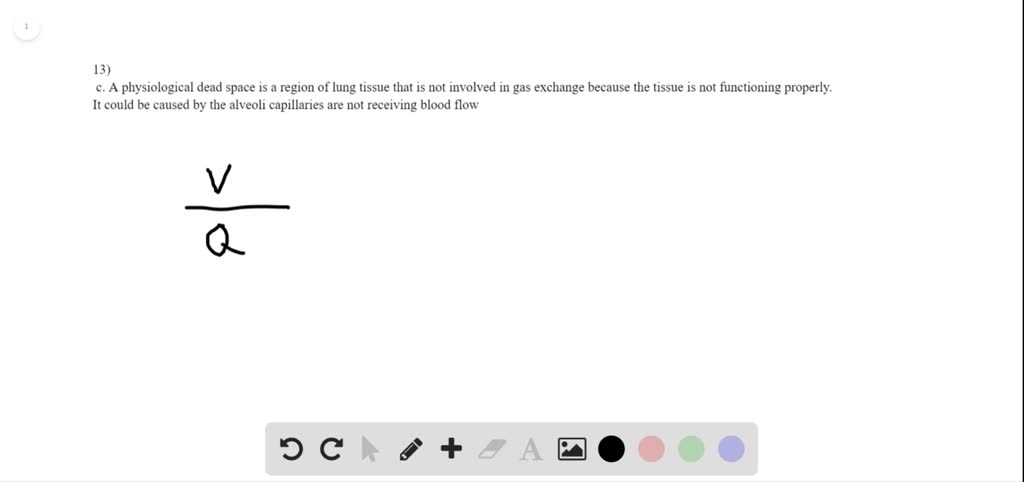

The recruitment of lung with nasal high flow oxygen undoubtedly contributes to improved PaO2/FiO2 ratios in patients with hypoxemic respiratory failure – even in obese post-operative patients who are at high risk for losing end-expiratory lung volume. If the mouth is open, this value falls to 0.35 cm H2O for each 10 L/min of flow. It is estimated that for every 10 L/min of oxygen flow applied that 0.7 cm of H2O of PEEP is generated with the mouth closed.

Further, the high flow of oxygen creates positive end-expiratory pressure and recruits end-expiratory lung volume. Accordingly, precise fractions of inspired oxygen may be delivered up to 1.0. At such rates, the effort of the patient is minimized and much less ambient air is entrained. With adequate heat and humidification, oxygen can be employed relatively comfortably at very high flow rates – upwards of 60 L/min – to the nares. That high flow oxygen applied via nasal cannula lends itself to treating hypoxemic respiratory failure may be obvious.


 0 kommentar(er)
0 kommentar(er)
